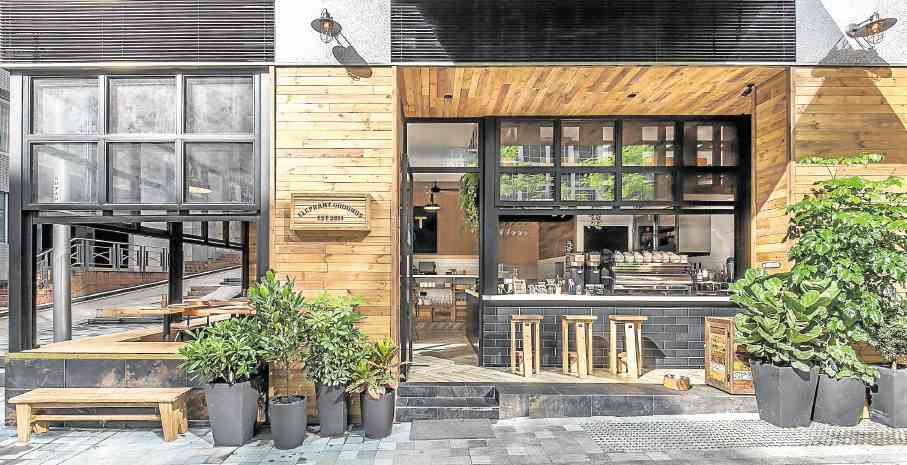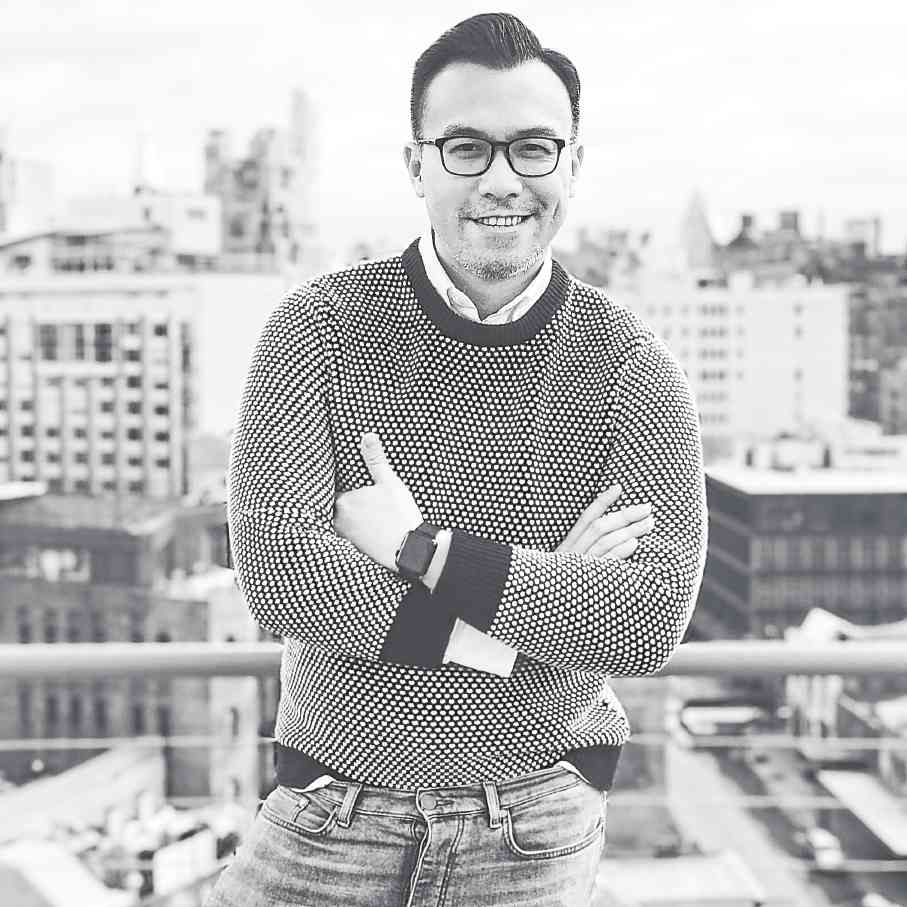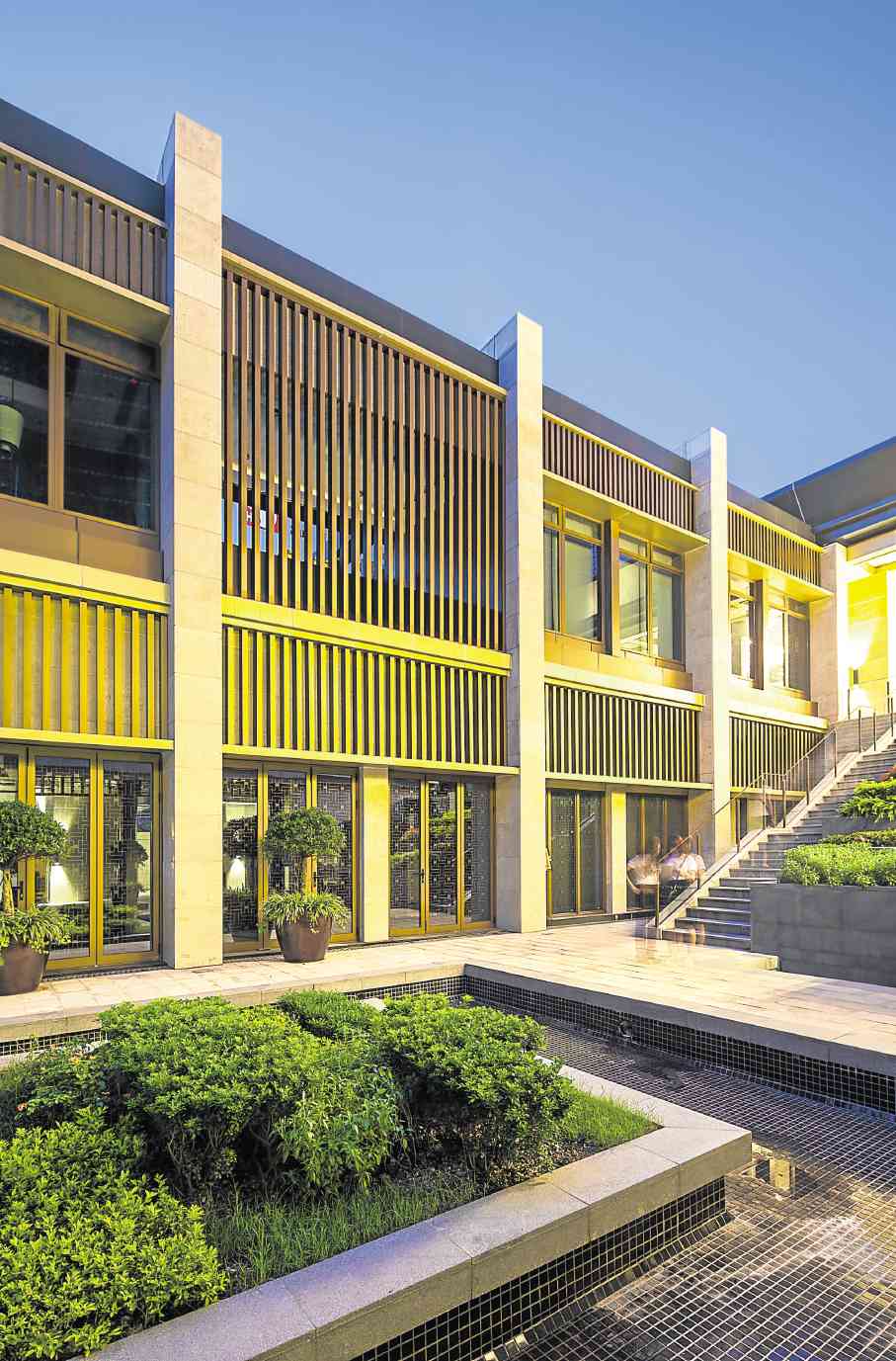‘Wanderlister’ continues to make waves in creative field
His creative flair and keen eye for details allowed him to see the world of architecture and design on a different scale.
James JJ Acuna, founder and editor of the Wanderlister+, is an architect and interior designer based in Hong Kong and whose love and fascination for his craft have brought him tremendous success and respect from among peers. An individual who loves to travel and explore the world, Acuna gets much of his inspiration from his daily encounters and experiences.
His brilliance and skill allowed him to work on a wide range of lifestyle and workplace projects in Hong Kong, China, and the Asian region for a roster of select blue chip clients such as Swire, Sun Hung Kai, and Hong Kong Land under well established Hong Kong-based Architecture firms, RLPHK, Woods Bagot, and LWK.
And, over the past five years, Acuna has also successfully run the social media platform called the Wanderlister.com, which was meant to report about the various design trends in travel, architecture, art, and interior design in the region.
Last year, he opened JJA/Bespoke Architecture (JJ/ABA), which offers bespoke design solutions for lifestyle-oriented clients via his lens and insight, not only as a highly skilled designer, but also as a thought leader on the current global trends in relation to design, service, and operations.
Within the same year, the studio has already achieved a “Silver Award” Delegation with the Hong Kong Design Awards for his work on the Elephant Grounds Restaurant on Star Street in collaboration with Kevin Poon.
Know more about the genius behind all these brilliant designs with Inquirer Property’s interview with Acuna.
INQUIRER PROPERTY: When and how did you get involved in the construction/design business?
ACUNA: I got involved in the design business shortly after finishing my masters in Architecture at Columbia University in New York City around 11 years ago. I knew I always wanted to be in the creative field, but I didn’t know what. At first, I wanted to be a painter; then I wanted to be a comic book artist; and then a fashion designer.
Architecture was something my mom forced me into because it was apparently a “respectable profession” according to her. Thank God (because) I love doing it. I thank God every day that I get to do this job and under my own terms. It’s a wonderful creative profession.
IP: Who influenced you to go into architecture and design? Who would you consider as your mentor?
A: My mom “strongly influenced” my career decisions at an early age. That said, I never really had a professional mentor per se, but I do surround myself with like-minded creative entrepreneurs, who are contemporaries of mine in certain ways, who I look towards for guidance and as role models. My peers inspire me every day, which is why I’ve chosen them as my peers.
IP: What brought you to Hong Kong? What were the challenges you encountered in the field and how did you overcome these?
A: I came to Hong Kong because an alumni from my university whose father owned an architecture firm were looking for overseas designers. I applied and they accepted me. I was about 25 when they flew me from the United States and they took care of my visas and everything. I have a lot of gratitude to this day to him and this company.
Perhaps, the only thing that’s really a challenge is the fact that Hong Kong has some of the most stringent architectural building regulations in the world, borne out of its dense urban environment with very little space to build.
The other challenge is that the quality of construction in mainland China—where I’ve done most of my design work—is just not as great as the rest of the world. You may be able to design something spectacular, and they’ll end up building half of that, either in materials chosen or construction quality. Success is in the details, and I’ve seen plenty of works, even by the world’s best Starchitects, compromised because the Chinese labor skill sets are just not there.
IP: What made you stay in the business? Is there any particular mantra that you follow?
A: I stayed in the business of design and architecture because in the back of my head, I know there are still many things that—as an architect and as a designer—I would still love to do. For example, build beautiful and amazing things in the Philippines.
In terms of a personal mantra, the best thing I follow is to go with your “gut” in most things. To listen to the heart over the mind is perhaps the best guidance system to continue staying on one’s true path. I wouldn’t call myself a “big name” in the industry. However, I feel (that) the greatest reward (I’ve had) is to have the support system and resources to be able to still carry a studio practice in two of my most favorite cities in the world—Hong Kong and Manila. I hope we get to scale up soon. I can’t wait for when that time comes.
IP: What do you think is your greatest contribution to society, to the property industry in particular?
A: I don’t feel like I’ve done any “great contribution” to society or the property industry. However, I feel like having a perspective about design and having clients who allow me to do creative things for our communities and neighborhoods (through various) lifestyle projects will hopefully help people positively in little ways and make their lives better little by little just by using the spaces I’ve designed. The ultimate contribution in mind is to do my part in being creative and to build with the purest intent of making life better for people with whatever design solutions we come up with. We all have to do our part.
IP: What legacy would you want to leave? What is that one project you dream of building which you think could change and improve the way people see housing?
A: In Hong Kong, we’re undergoing a weird trend wherein people are living in 150-sq.ft shoeboxes and paying millions of US dollars to live in them.
Meanwhile in the Philippines, people in the squatter neighborhoods have been living in substandard conditions for generations, and they still don’t own the land or property they’re sitting on. But in terms of space, they’re probably getting more sunlight and fresh air than people in Hong Kong, despite the precarious nature of their homes.
We’re living in a world of extremes wherein people with money and people without it are not necessarily living in the most ideal ways.
The question is, how can the profession add more value to a homeowner’s life in a dense metropolitan city like Hong Kong, and what are the ways the profession can acknowledge the value of people who live in the slums, either by helping them validate their presence a bit more or by making a healthier living environment in such a situation?
These are questions I hope I get to tackle in both cities where I have set up my practice. I don’t know at the moment, but these are good issues to consider in 2017.
IP: How do you spend your free time? Where do you get inspiration?
A: I’ve had less and less free time ever since I’ve set up my own design consultancy and left the corporate world. That said, whenever I get the chance, I sit in a café and people watch, or go to art galleries to see the latest shows while I travel.
I get inspired by almost everything I see, which is why I carry a journal around and write everything down. Sometimes, I even get to blog about it on my design trends website, Wanderlister.com.

Elephant Grounds Coffee is the Silver Award Winner of the Hong Kong Design Awards 2016 hosted by The Design 100.


















